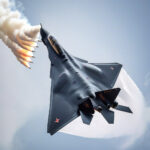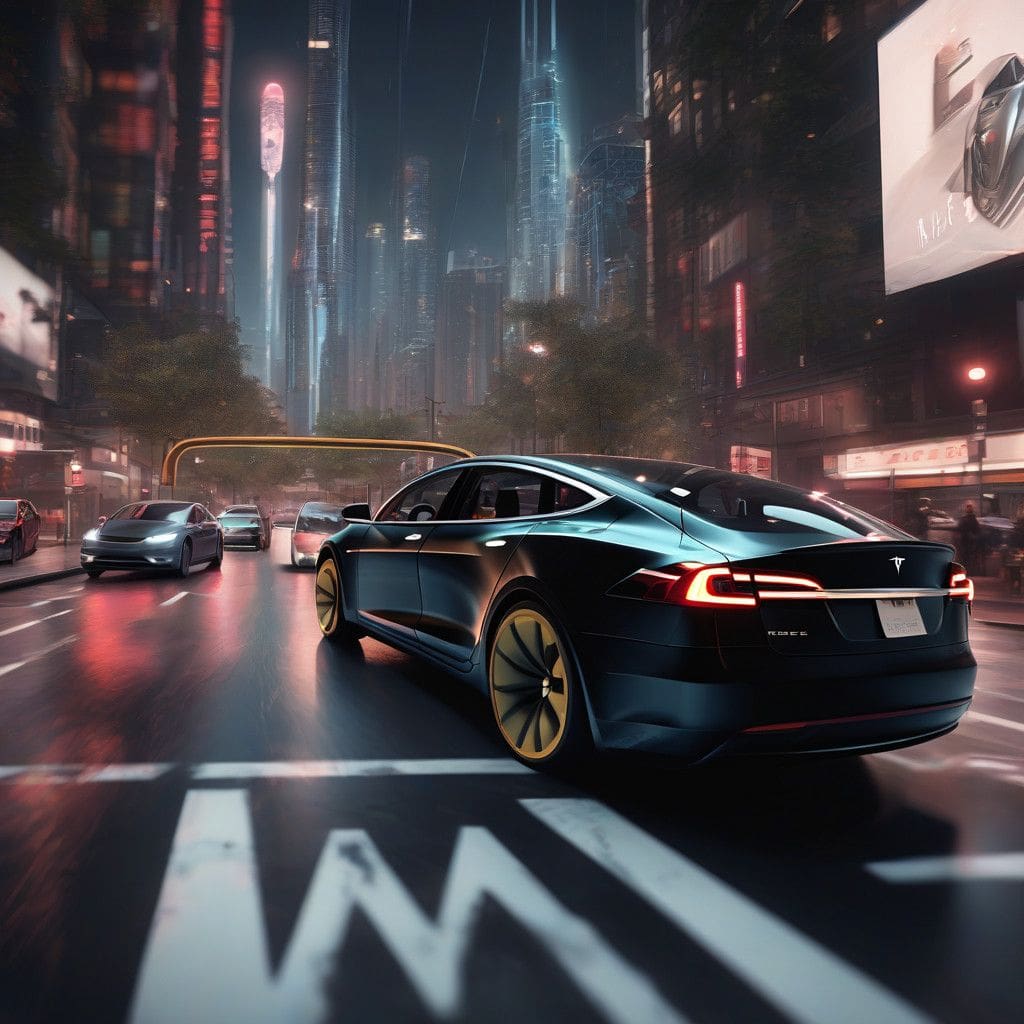Tesla’s ambitious journey into the world of autonomous vehicles has taken a significant leap with the unveiling of its latest robotaxi concept, the Cybercab. This innovative vehicle is a monumental step aimed at transforming urban transportation while signifying a notable shift in Tesla’s strategic focus from basic electric vehicles to fully robotic, self-driving options. Priced under $30,000, the Cybercab is designed to be user-friendly and efficient, boasting features like gull-wing doors and an absence of both a steering wheel and pedals, thus setting the stage for a new category of transportation.
The Cybercab is not just about aesthetics; its design prioritizes functionality as well. Targeting mass production by 2026, Tesla’s vision encapsulates not merely a vehicle but a redefined transportation ecosystem. Musk also introduced a robovan capable of accommodating up to 20 passengers, illustrating the broader potential for varied use cases within urban environments.
However, with great innovation comes great scrutiny. Industry experts have voiced concerns regarding the safety and regulatory aspects of such an ambitious timeline. While Musk is known for his forward-thinking approach, his history of missed deadlines and project delays raises questions about the feasibility of these ambitious goals. Nevertheless, he maintains an unwavering belief in the efficacy of self-driving technology, predicting it will lead to a tenfold improvement in road safety compared to human drivers. Yet, specific methodologies or technologies that would facilitate this drastic safety improvement remain largely unaddressed.
Tesla’s technological strategy diverges from its competitors by favoring artificial intelligence and camera-based solutions over the more commonly used Lidar systems. This choice presents technical challenges, particularly around reliability and regulatory acceptance. The industry’s future regulatory frameworks may need to adapt to embrace these advancements, which will be pivotal if Tesla aims to be a leader in the autonomous vehicle market.
Furthermore, Musk revealed advancements in Tesla’s humanoid robot ‘Optimus’, targeting a price range between $20,000 and $30,000. This robot is envisioned to assist in everyday human tasks, showcasing Tesla’s expansive ambitions beyond transportation. By integrating artificial intelligence into both vehicles and household robots, Tesla appears to be positioning itself at the forefront of a holistic shift in the way we interact with technology.
The unveiling event symbolizes a critical moment in Tesla’s commitment to autonomous transportation. However, the vehicle’s timeline sparks skepticism against a backdrop of fierce competition from established and emerging players in the robotaxi sector. The industry landscape is increasingly crowded, with numerous companies racing to develop similar technologies. They too have laid out aggressive plans with promising roadmaps, making Musk’s assertions about timelines and capabilities crucial to monitor.
Investors and industry watchers will be keenly observing how Tesla navigates this turbulent landscape. The delivery targets for the year remain pressing, and any slippages could impact the brand and investor confidence significantly. The stakes are high. Tesla must not only decode its technological aspirations and deliver its groundbreaking vehicles but also outpace competitors, all while ensuring adherence to safety regulations and maintaining public trust.
In conclusion, while Tesla’s Cybercab project paints an exciting picture of the future of transportation, it faces daunting challenges that could determine its success. Relying heavily on predictions and lofty goals, Musk must also back these declarations with concrete actions and reliable developments. The coming years will be pivotal for Tesla as it endeavors to make its autonomous vehicle dreams a reality.












